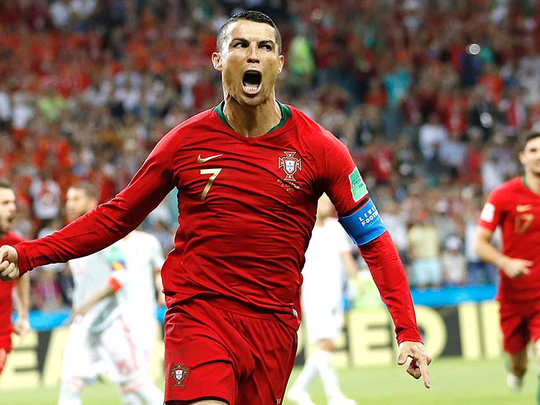
Football fans and intellectuals don’t always see eye to eye. Academics tend to look down at this plebeian passion. And spectators, once a 90-minute match unfolds, have little interest in how the participating countries stack up, for example, in gender-equality rankings.
Still, looking at World Cup competitions from an international relations perspective is always enriching. International sporting showdowns, weighed as they are by political symbolism and significance, can been read as little wars that mobilise a part of the country’s national (human) resources. Seen more positively, sports can provide a bridge of dialogue between countries that might otherwise have to process their confrontation on the battlefield. Others have compared systems of government to determine which is better at sports: democracies or dictatorships. Researchers also like to examine a World Cup’s impact on the domestic economy, infrastructure, private consumption and the host government’s popularity.
This year’s Russia-hosted World Cup, in particular, provides a window on the new world (dis) order. At the systemic level, organising the World Cup is in the hands of the game’s “UN,” namely the Federation Internationale de Football Association (Fifa). In 2015, Swiss police arrested Fifa executives from Brazil, the Cayman Islands, Costa Rica, Nicaragua, Uruguay, Venezuela and the UK because of legal action taken by the US Treasury Department. This intersection and superimposition of (power) players generate risks inside states that are both recurring and accumulative.
At the international level, the World Cup reveals power shifts. Economically speaking, 20 emerging or developing countries are taking part alongside 12 advanced or developed countries. Only half the G20 countries set to gather in Argentina later this year are participating. Europe remains predominant, with 14 European participants. But there are also teams from eight Latin American, five Asian and five African countries. In total, 17 countries from the “global north” are competing against 15 from the “global south.”
Interestingly enough, the World Cup will not include teams from the world’s two largest economies: the United States and China. Condolences to Donald Trump and Xi Jinping. Pope Francis, for his part, will cheer for Argentina, since Fifa recognises 211 football confederations but not the Federazione Vaticanese Giuoco Calcio.
With regards to demographics, the World Cup will gather teams from countries with populations ranging from 200 million (Brazil) to barely 300,000 (Iceland). The tournament also boasts diversity. At a time when divisions, local loyalties and xenophobia are growing worldwide, some teams are reflections of multiculturalism and integration. That is the trend in the world football market. In May 2018, there were 12,425 expatriates playing in 2,235 league teams and 93 national associations. Expatriates represent more than 21 per cent of players worldwide, equivalent to 5.6 players per team.
Among the fruits of globalisation are globalised teams. Roughly 60 per cent of Morocco’s players and 40 per cent of Senegal’s were born abroad. For Switzerland, France and Belgium, the numbers are 30 per cent, 10 per cent and 4 per cent respectively. In many cases, the percentages of national team players working abroad are higher still. All of the players for the Croatian and Swedish national teams play elsewhere, while for Colombia, Uruguay and Argentina it’s 80 per cent.
This year’s World Cup in Russia is clearly, more than ever, a global — and thoroughly globalised — competition.
— Worldcrunch, in partnership with Clarin/New York Times News Service
Mariano Turzi is an international relations professor at the Universidad Di Tella in Buenos Aires.










